J.G. Chapman's The American Drawing Book , published in 1847, was widely used in American Public Schools.
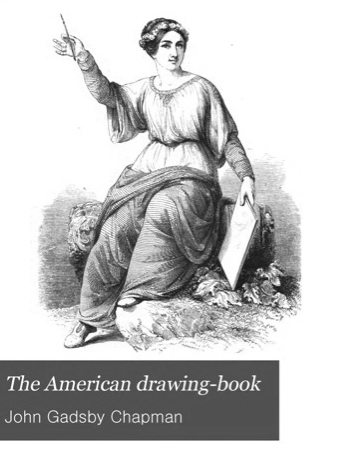
Download PDF
"Just as we teach our children their ABC's so that they can read and write; and as we teach them their numbers so that they can compute and calculate; so too, must we teach them the non-verbal, non numerical skills of visual perception.
Without that, we are robbing our children of the use of important brain functions. With perceptual skills training, students are far better able to concentrate, to learn, to grasp abstract concepts and ideas, and to see and appreciate the world around them.
Learning to draw is an efficient means for tapping into latent observational skills."
-Brian Boemisler, Instructor in DRSB
Within school districts that are challenged to bring arts education to students, drawing is a cost-effective arts curriculum that offers so much benefit to students with the simplest materials, and is part of our tradition in education.
Wallace Steven's Poem:
Landscape with Boat
Read Russell McLendon's Article "33 Things Your Brain Doesn't Know About Itself"
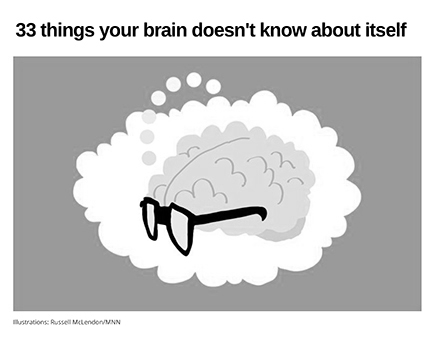
Read the October 2014 edition of "The Scientist"
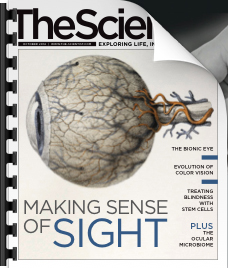
Advice from cartoonist R. Crumb :

A letter friom Henri Matisse
VACE/FACE FILES
A simple exercise that demonstrates the shift between left and right mode functions.Print thisome if you are right handed:
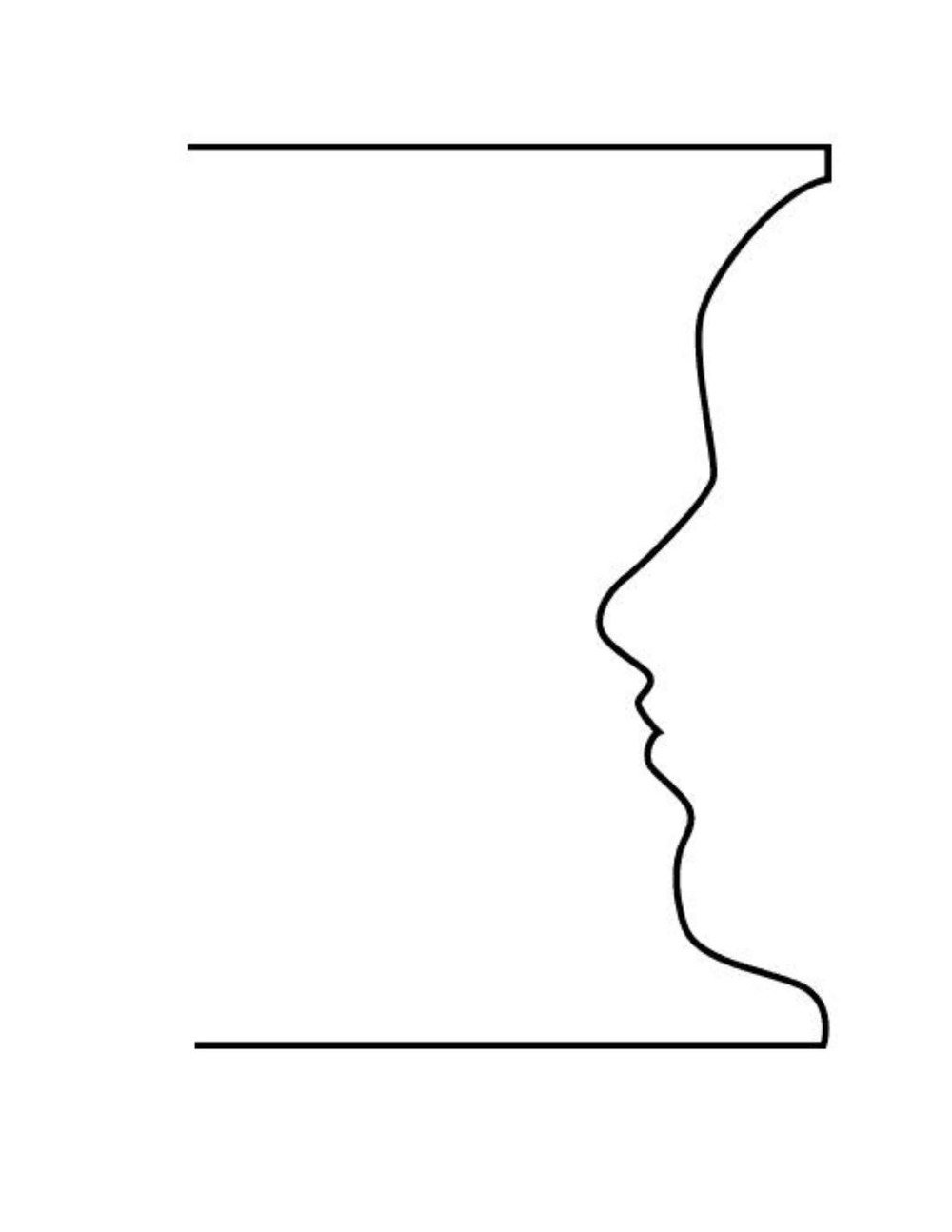
This one for left habded people:
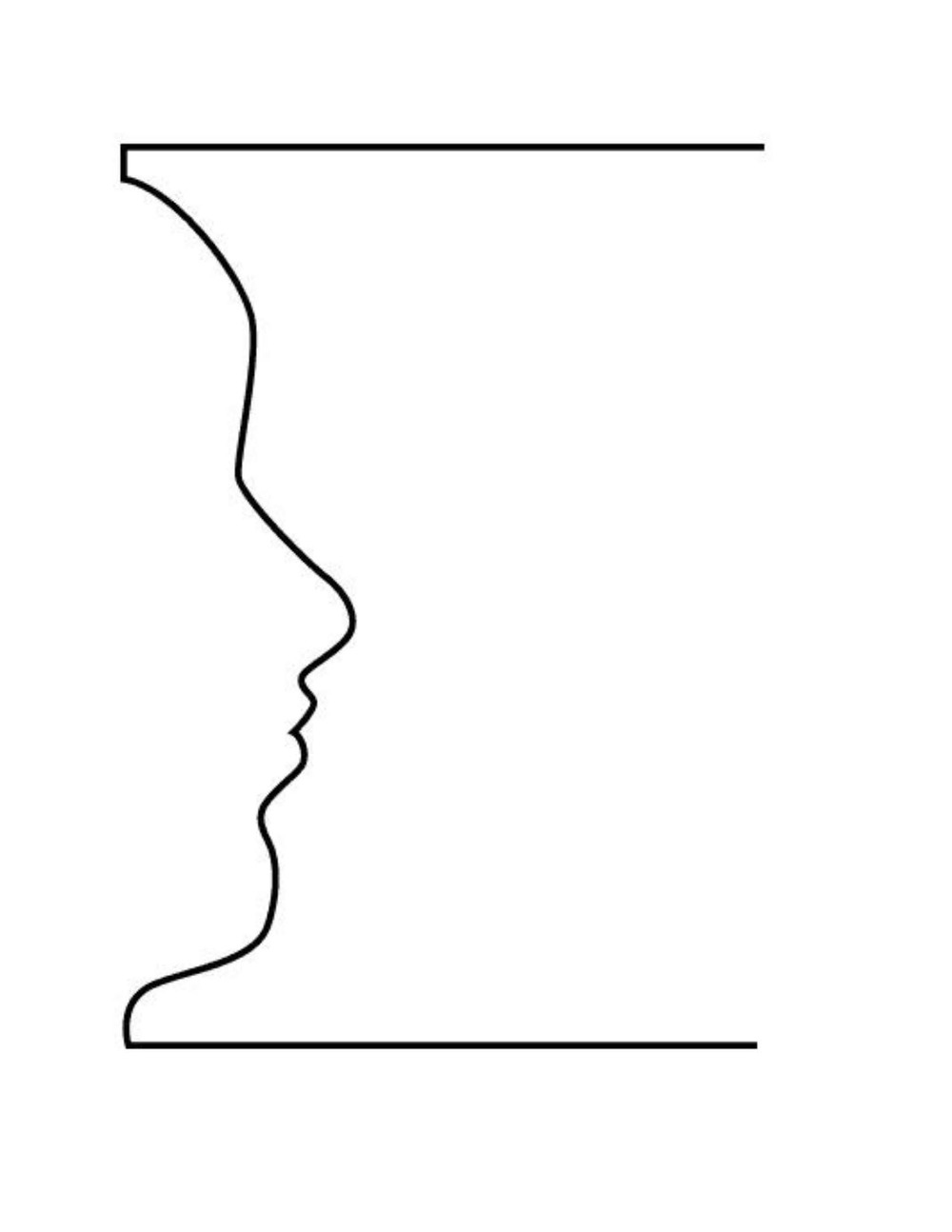
PICASSO DRAWINGS OF IGOR STRAVINSKY
A claasic exercise from Betty Edwards's - print and turn upside down, and copy the drawing.
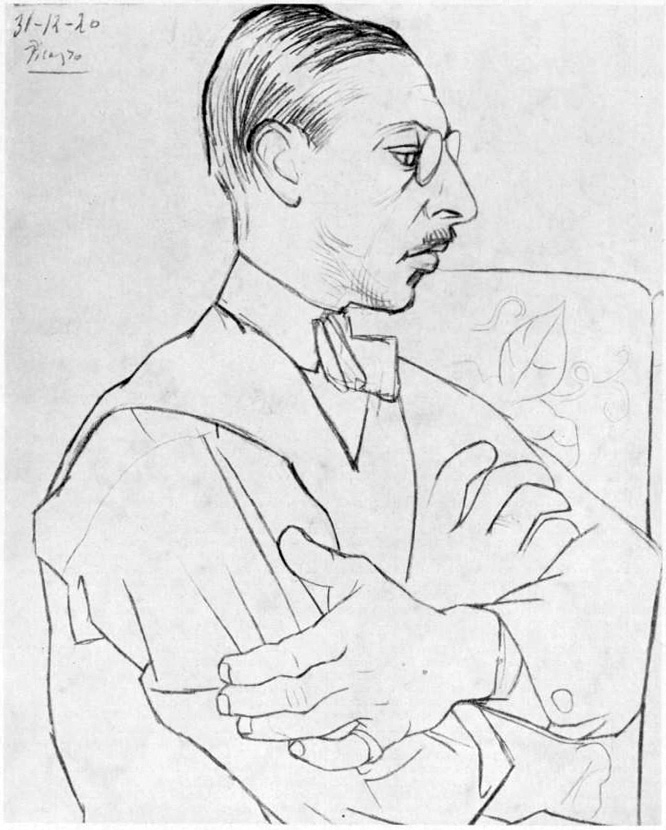
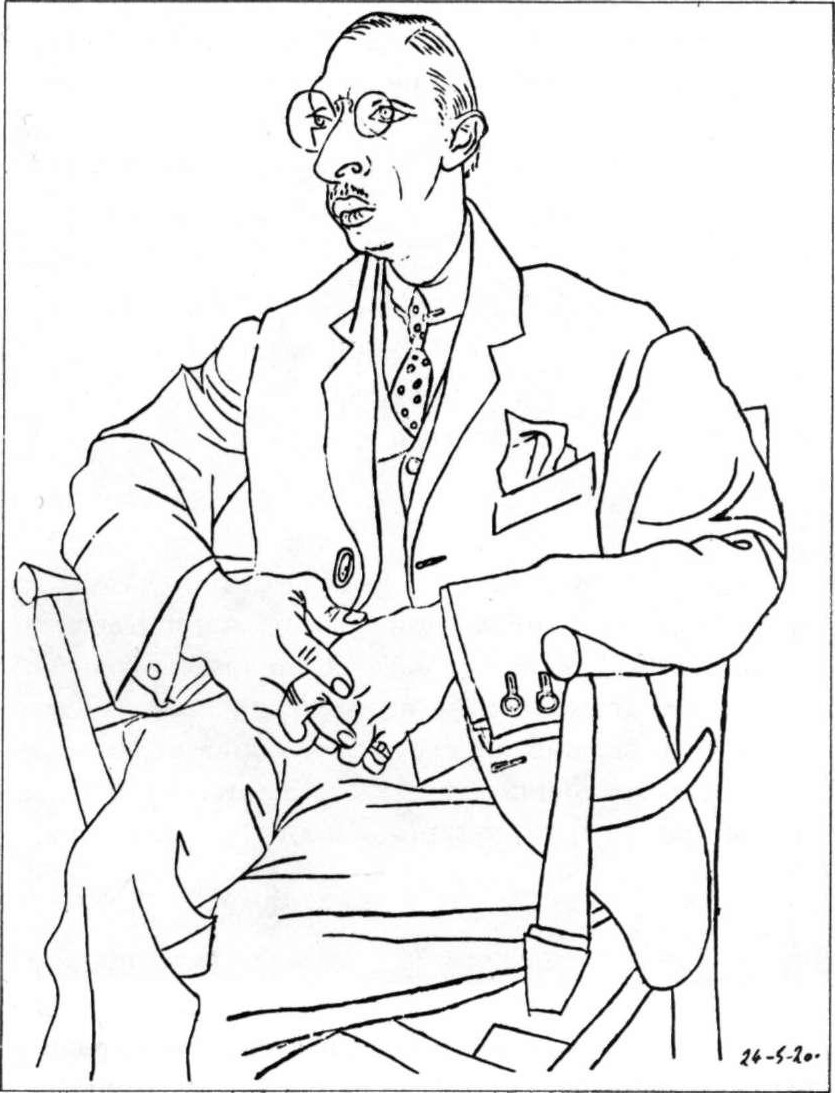
THE LOGIC OF LIGHT
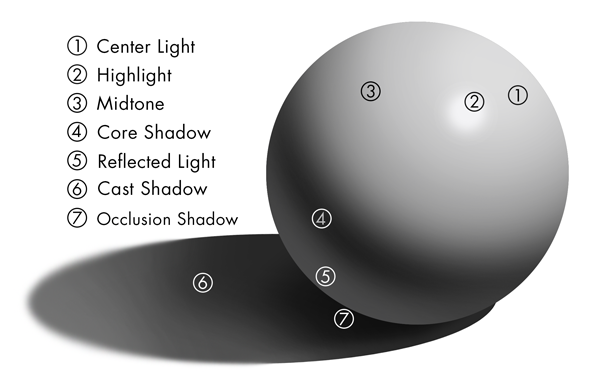
2-POINT PERSPECTIVE
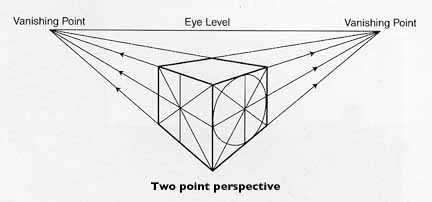
RELATIVE VALUE

NOT JUST STEM :
STEAM!
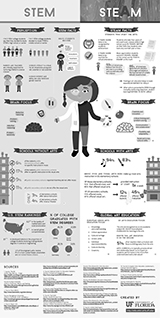
An antiquarian treatise on drawing "The Practice and Science of Drawing"
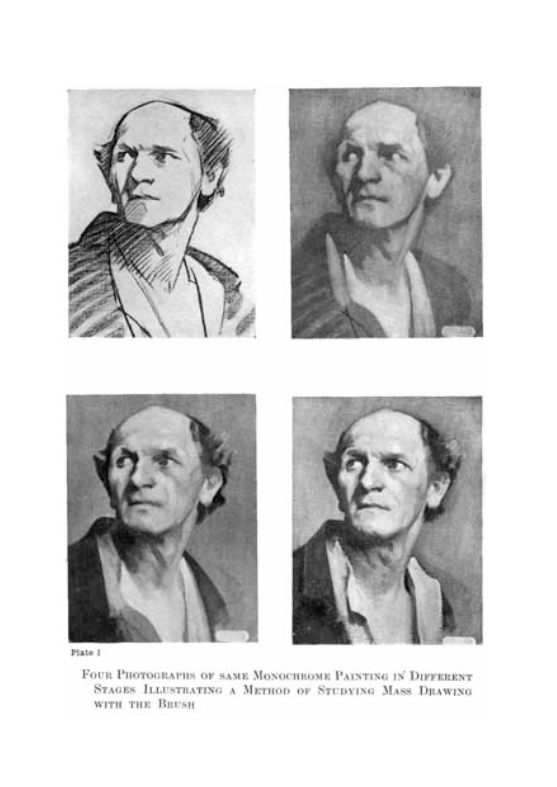
Admittidly tedious - but offers great insight and a look into historic academic principles of drawing.
Download PDF
Neuroscientist Roger Sperry discovered that human beings are of two minds. He found that the human brain has specialized functions on the right and left, and that the two sides can operate practically independently.
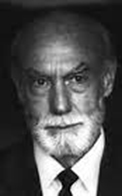
Sperry's work helped chart a map of the brain and opened whole fields of psychological and philosophical questions. Sperry received the Nobel prize in 1981.
Read this Michael Parrish article about Roger Sperry